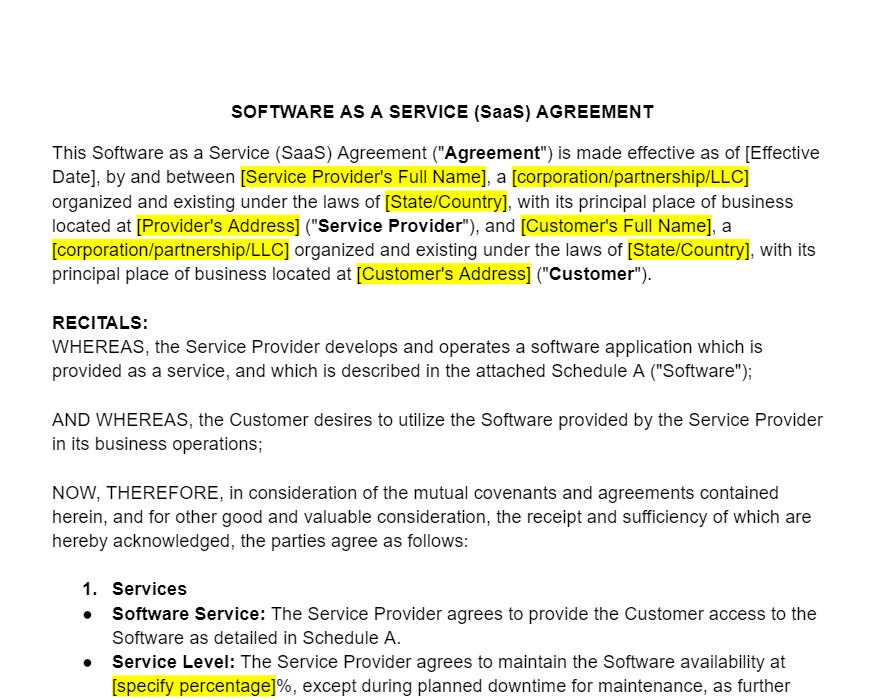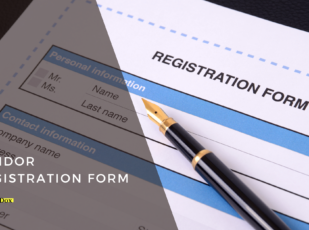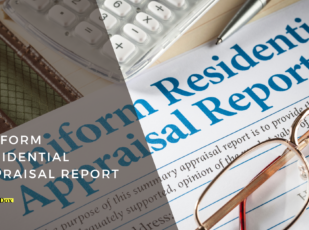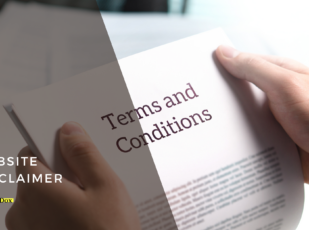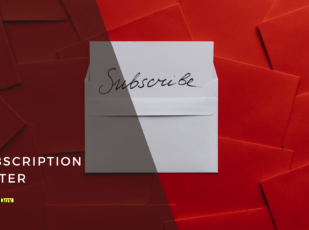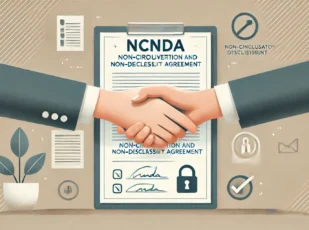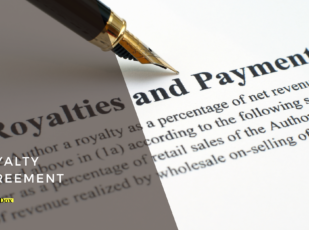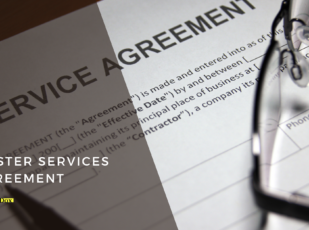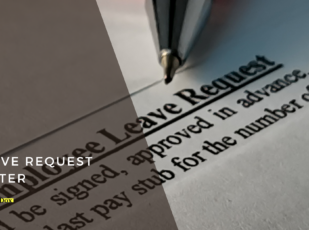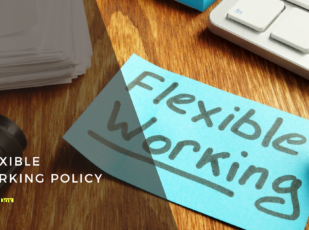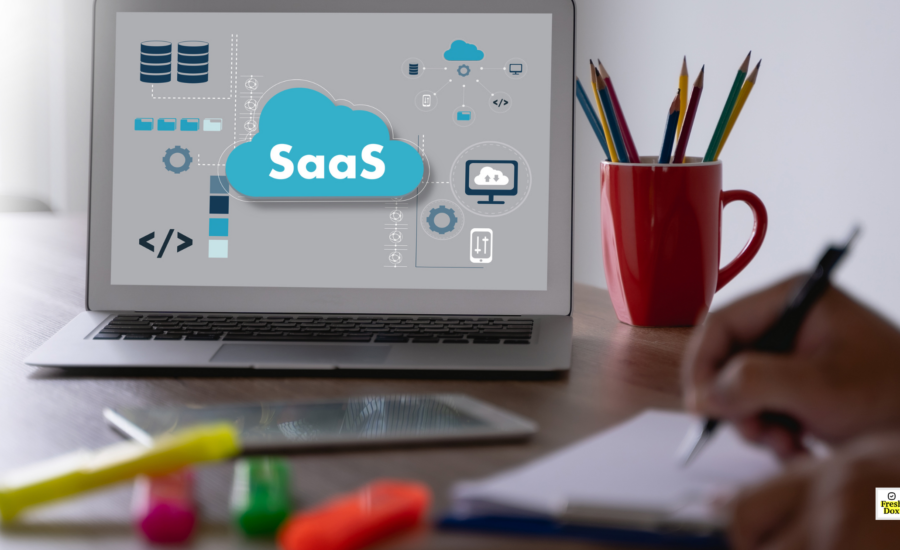
SaaS Agreement Template
15 Downloads
IT and Media
February 17, 2025
Sayantani Dutta
Software-as-a-service or SaaS has become a prevalent delivery model for various services, products, and functionalities. It is efficient and scalable, meaning both the developers and the organizations using the software gain from the increased agility and cost-efficiency. Everything from Dropbox and Salesforce tools to Zoom, Slack, Shopify, Google Workspace, Adobe, and HubSpot offers different packages at different pricing plans, all of which are SaaS for the end user, which can be an individual or an organization/team.
The SaaS Agreement is the first document that a software or service provider needs in order to offer their software over the internet. In this document, the service provider outlines the terms under which customers (organizations, individuals, or other entities like a team of professional freelancers) can use the provider’s software or tool. It has ample clarity on all terms ranging from user rights, payment terms, and service conditions to the data handling policies. By extension, the SaaS agreement also includes various disclaimers that protect the service provider under the governing law, such as damages caused due to force majeure or waivers to protect against the misuse of software code.
The provisions of this agreement need to be legally sound and robust. In this article, we are going to talk about the agreement in detail—covering its importance and benefits—and tell you how to best ensure clear communication of terms and obligations to create a trustworthy relationship with your users. Without further ado, let’s dive right into it!
Service Agreement Importance: Limitation of Liability, Indemnification, Warranties, and More
The Service Agreement or SaaS Agreement is extremely important if you want to release your service as a product/service for public use.
For the provider, a robust agreement secures all intellectual property rights and sets forth the scope of the service to make sure that users understand their limits and privileges when it comes to using the piece of software, tool, app, or website. The agreement also specifies the subscription and pricing model, including the fee structures and billing cycles—essential for financial planning and transaction transparency.
On the other hand, the end user gains too. The SaaS Agreement provides certain important assurances regarding the level of service to expect, data protection standards, and recourse in the event of service disruptions or failures.
A well-crafted SaaS Agreement supports compliance with global regulations, such as GDPR for customers in the European Union, for better trust and corporate credibility.
It offers limitation of liability, clauses to indemnify against breaches, and other warranties and safeguards to cover all bases from consequential damages and the protection of customer data to comply with regional laws to terms for conducting audits and the steps to be taken in case of the breach of this agreement, such as the determination of the legal jurisdiction.
The Risks of Not Having a Robust Service License Agreement
Now that it is clear why the SaaS Agreement is so vital for both parties, it is time to talk about the risks of not having a robust SaaS Agreement or Service License Agreement.
More often than not, unclear terms will lead to disputes with users over service delivery and usage rights. This can potentially harm reputation and customer relations.
Also, the lack of detailed service level agreements or SLAs and data protection clauses can also result in non-compliance with industry standards and regulations, which, in turn, often lead to legal penalties and loss of user trust—both very damaging things for service providers and independent contractors.
Furthermore, an insufficient definition of intellectual property rights (a common theme among SaaS Agreements drafted based on free, generic, and inadequate Service Agreement templates) can expose providers to risks of unauthorized use or distribution of their software. This can expose your software’s source code to various risks ranging from the leak of confidential information to unauthorized or unsolicited derivative works that you cannot take down under the applicable laws because the conditions of this agreement are not sufficient for a favorable dispute resolution.
All these assessments have to be taken into account through this entire agreement. This is why you should only rely on premium, comprehensive templates to draft a proper SaaS Agreement for your service, product, or tool.
Service Level Agreement (SaaS Agreement)—Key Components
There are five key components of a SaaS Agreement (the SLA is a part of the larger SaaS Agreement, but is often used interchangeably). The terms of this agreement can be categorized as such:
- Licensing: First up, the SaaS Agreement will discuss the licensing terms. In this section, you will need to specify the nature of the software license, including any restrictions on usage. The know-how of how to utilize the tool or product is critical. At the same time, it is also important to let users know what is not allowed to be done with/through the service.
- Payment Terms: The exact contents will differ—a service might simply stop if the subscription is not paid on time or it might incur late payment charges, for example. But overall, there is some payment-related information common to all good SaaS Agreements such as pricing models, fees, and payment schedules. For prepaid services, you will specify the amount and timelines and for postpaid services, you will specify the charges for the resources or actions.
- Service and Support: In this section, you will describe the kind of support services being offered as part of the package, if any. Also mention any maintenance schedules and the terms of service availability. Professional services such as cloud hosting often have a strong focus on providing support. All the terms related to this support should be clarified properly for the protection of your proprietary rights and indemnity against any breaches or misuse.
- Data Security and Compliance: Next up, the SaaS Agreement will outline the measures for data protection and compliance with relevant laws. Hereunder, you will cover everything from how credit card information is stored and handled to what type of reasonable control you have over the data of customers, such as physical and IP addresses. Also, you need to clarify how the customer data is used, with whom you are sharing this data, and what rights users/customers have to request the removal of their data from your databases and services.
- Termination and Renewal: Lastly, the Termination and Renewal section of the Software-as-a-service Agreement will define the conditions under which the agreement can be terminated (such as a breach of agreement) or renewed (such as signing a new agreement or renewing a license after 11 months, for example).
All of these are just larger topics under which you will have your own clauses, terms, and contents. It is natural for you to have more or less clauses under each section than even your competitor.
For example, an organization in a different location might require a major focus on protection against force majeure events. If your organization processes user data from Europe, then you will need to offer much stricter clauses and outline all the reasonable efforts you are ready to take in case of a leak. For yet other companies, their product might carry a first-mover advantage and protecting the competitive edge could be the #1 priority—in which case, the punitive damages could be highlighted and the descriptions of clauses for reverse engineering, sub-licensing, or violating the terms could be more severe.
SLA vs SaaS Agreement
A Service Level Agreement (SLA) is a specific part of a broader SaaS Agreement that outlines the level of service a SaaS vendor will provide to a customer, including performance metrics like uptime, response times, and support availability, while a SaaS Agreement encompasses the entire contract between the customer and vendor, covering aspects like pricing, features, data security, and the SLA itself; essentially, an SLA defines the performance standards within a SaaS contract.
It is not rare for people to confuse the two.
A term in the SaaS Agreement (its various sections) always supersedes a conflicting term in the SLA within the SaaS Agreement. The SLA, specifically, is more concerned about the performance and efficient delivery of the service. It does not bother with severability and other such claims, such as how to handle the termination of this agreement or how to protect any trade secrets from a third party. Such third party is still bound by the clauses of the SaaS Agreement for the use of the services but the users access the SLA clauses more closely—in other words, the SLA clauses are the most important for the majority of end-users.
For this particular purpose, the undertakings and covenants held within the SLA need to be drafted just as carefully as other clauses, such as IP protection terms, even though these are a part of the larger SaaS Agreement.
Better SaaS Agreements with FreshDox.com
Your SaaS product needs to be protected from misuse. For this, you need clear terms and conditions. Furthermore, you need a roadmap for when a breach does occur, for which, you need proper terms to handle such breaches. For all this and more, you need a solid, legally robust SaaS Agreement. And it all begins with a template.
Let us introduce the perfect solution for your needs—our very own SaaS Agreement Template! This premium and customizable template can give you peace of mind when it comes to offering the necessary protections and covering all possible bases, regardless of the type of software or industry.
FreshDox.com believes in assisting SaaS providers with rock-solid service agreements with its professionally designed SaaS Agreement Template. Crafted by legal experts with expertise in software services, internet licensing, and digital product laws, our template acts as a solid foundation for creating agreements that protect providers and reassure customers.
Whether you have simple needs or more complex licensing requirements—allowing users to subcontract your software and protect such information as how you handle upgrades and enhancements for the end user/receiving party—we have you covered!
Our SaaS Agreement Template is available in both PDF and Word formats for easy customization to reflect the unique offerings and operational policies of different SaaS providers.
What’s more, FreshDox.com’s 14-day trial period allows you to explore the benefits of our Basic and Premium Plans. Members can download up to three legal document templates per month, while Premium Members enjoy unlimited downloads. Whether you have a one-time need or ongoing needs as a SaaS startup or an established provider, you can rely on us for your software licensing needs.
FreshDox.com is home to hundreds of legal, business, and professional document templates that are comprehensive and developed by experts with precision in mind. All you need to do is sign up and get started today for free! Use our SaaS Agreement Template to establish clear, legally sound agreements that improve user confidence and compliance for a secure, profitable operation. So, what are you waiting for?! Sign up today to access our expertly developed template and start building successful and compliant SaaS relationships.
Related Templates
Discover more templates that align with your needs and preferences.

Ready to Sign Up?
Sign up for FreshDox.com’s 7-day trial and discover why so many individuals and businesses trust us for their legal document template needs.
- Cancel any time
- 7-day free trial
- From 300+ Customer Reviews

